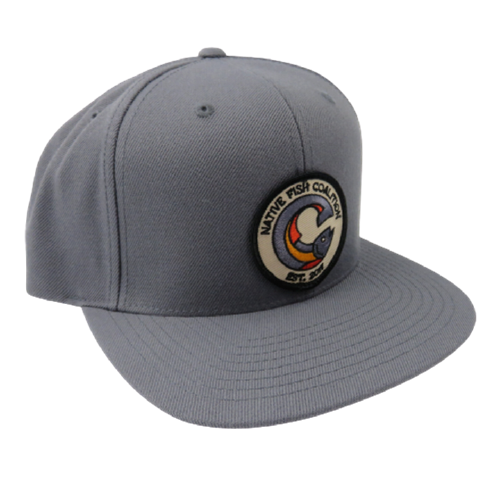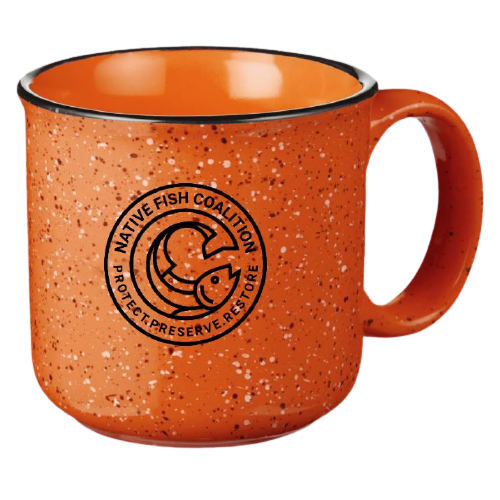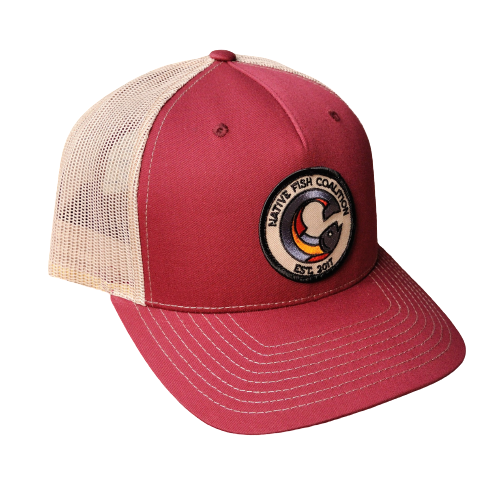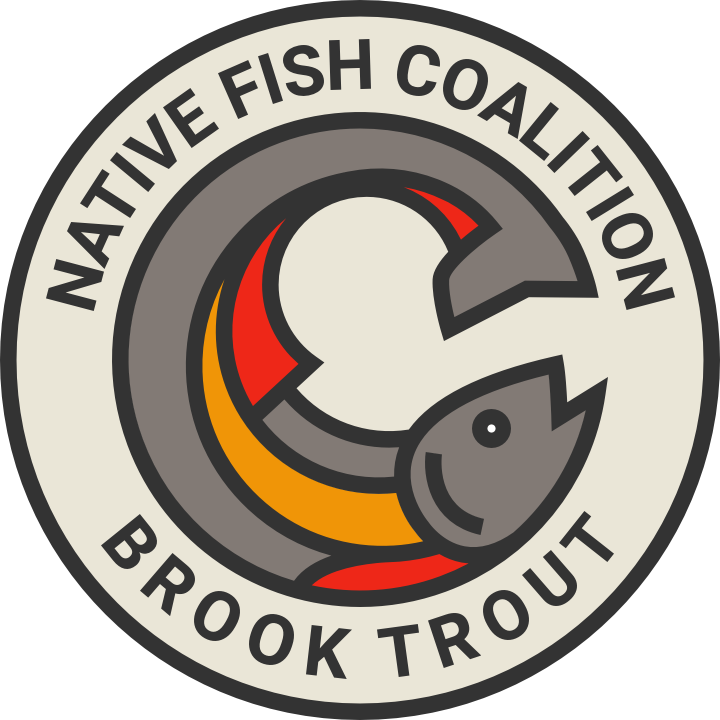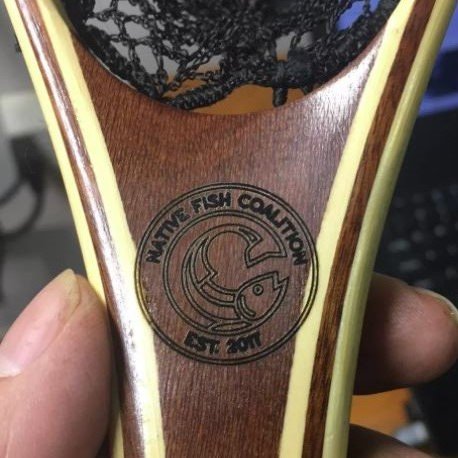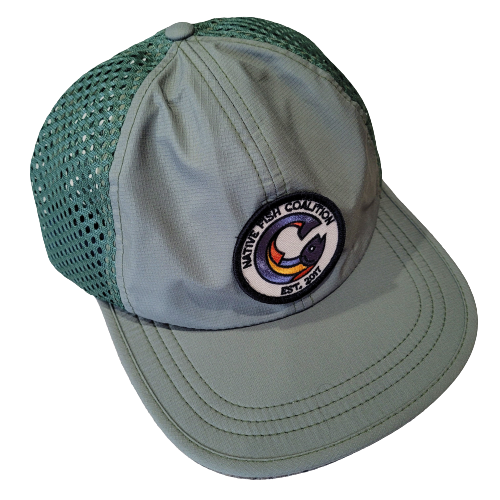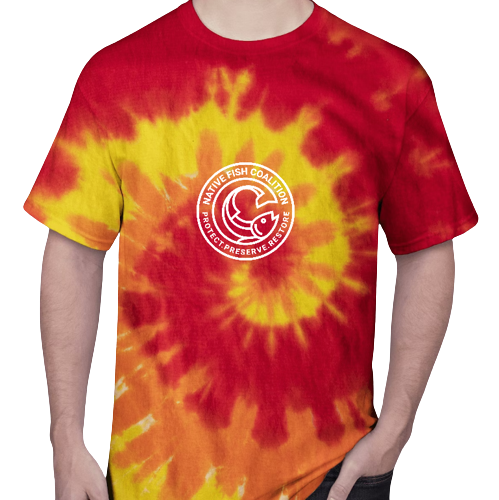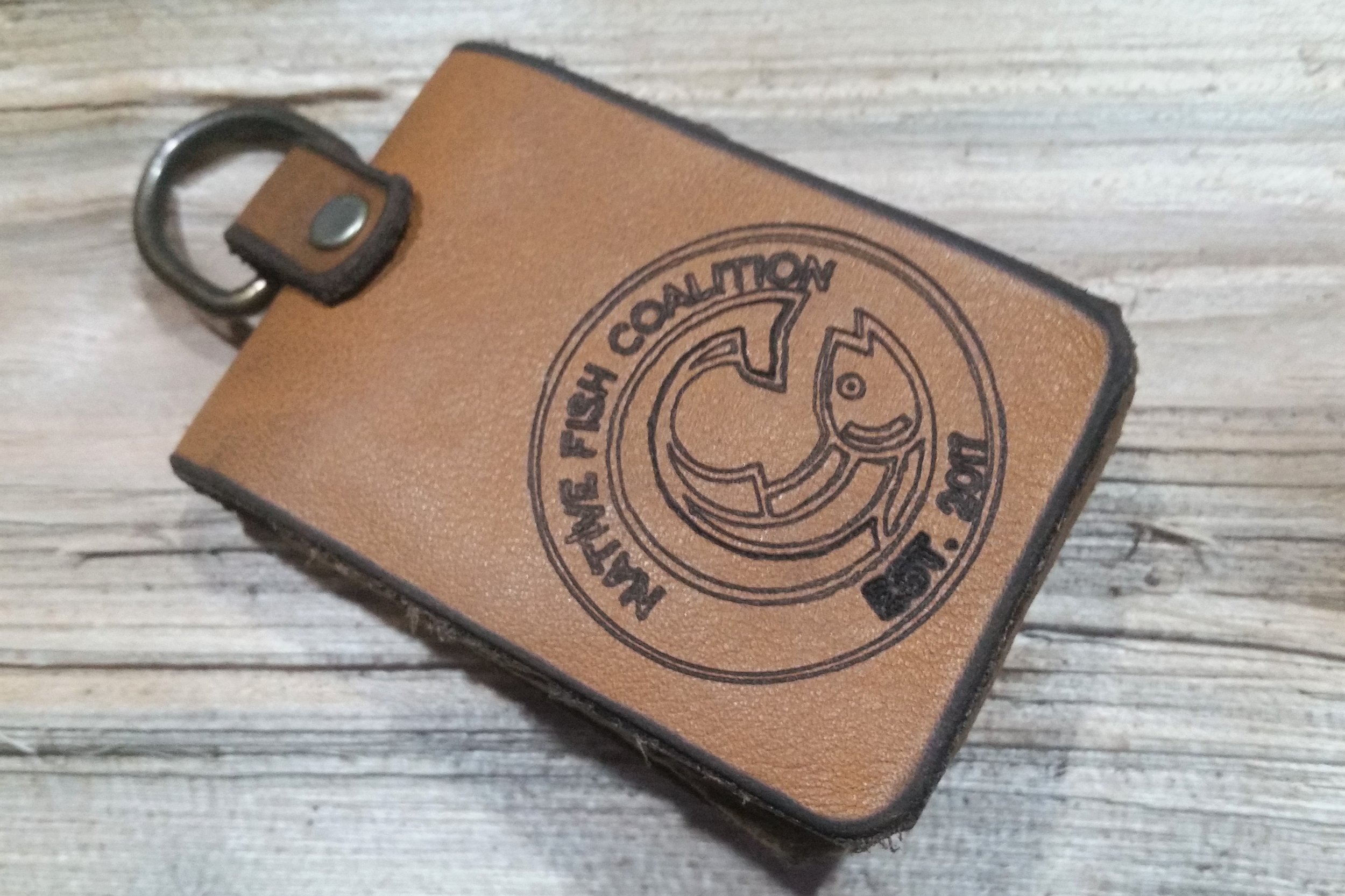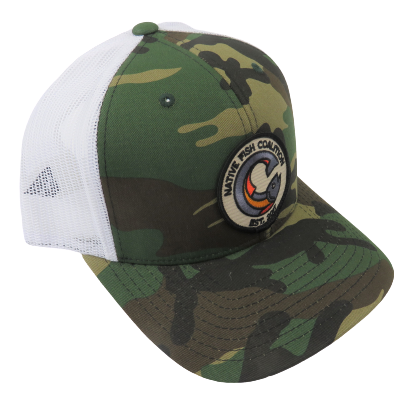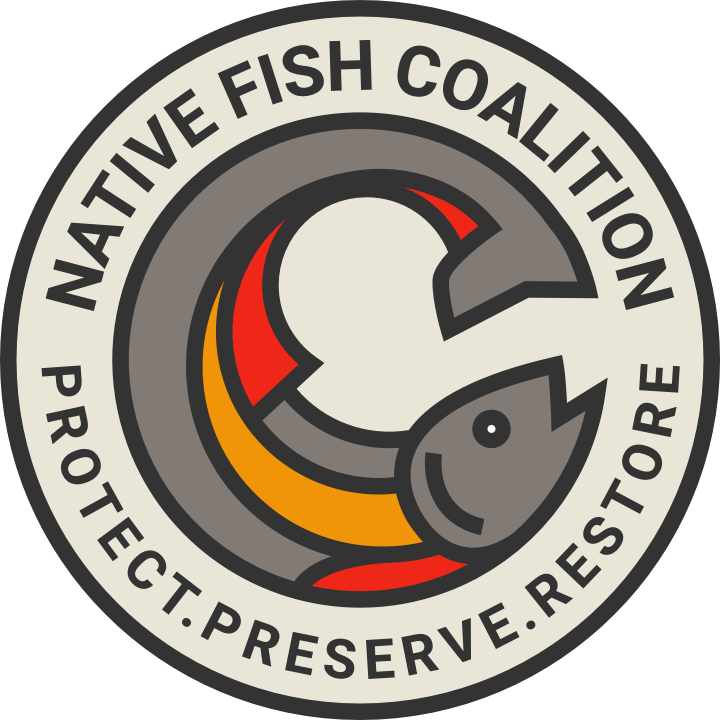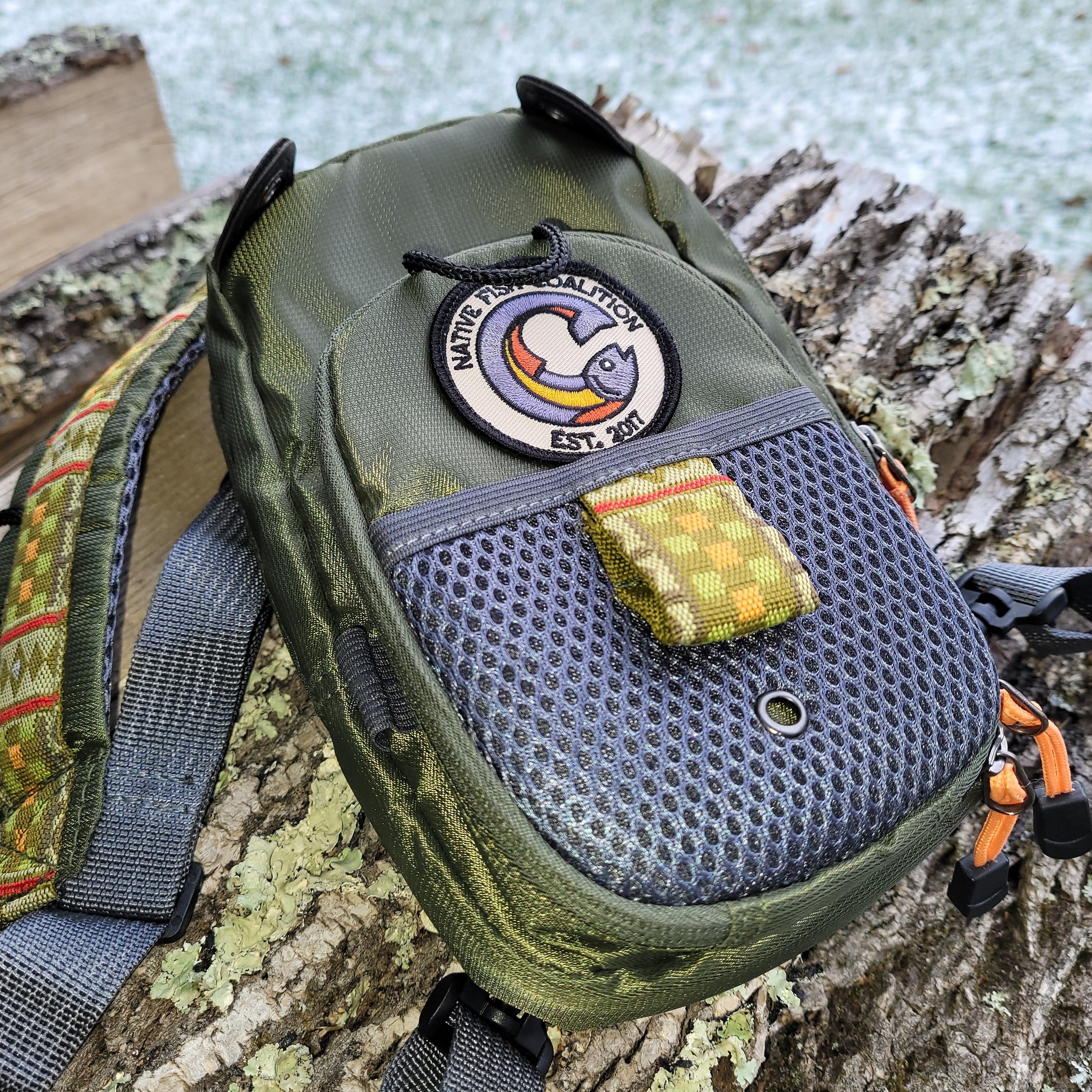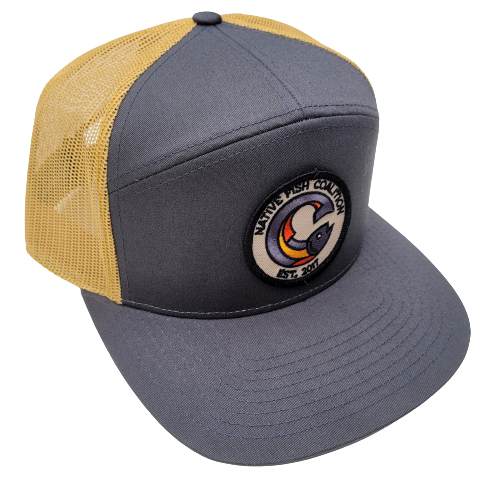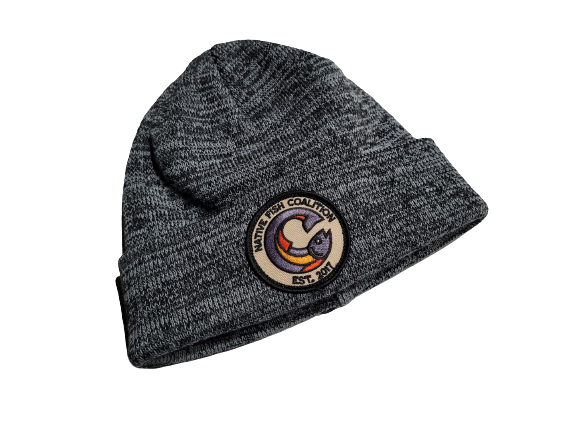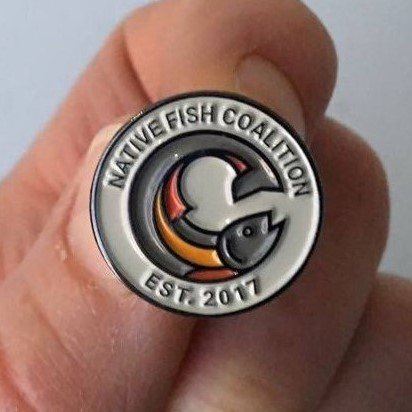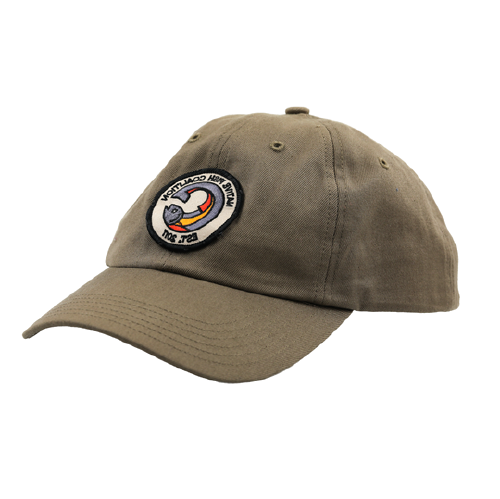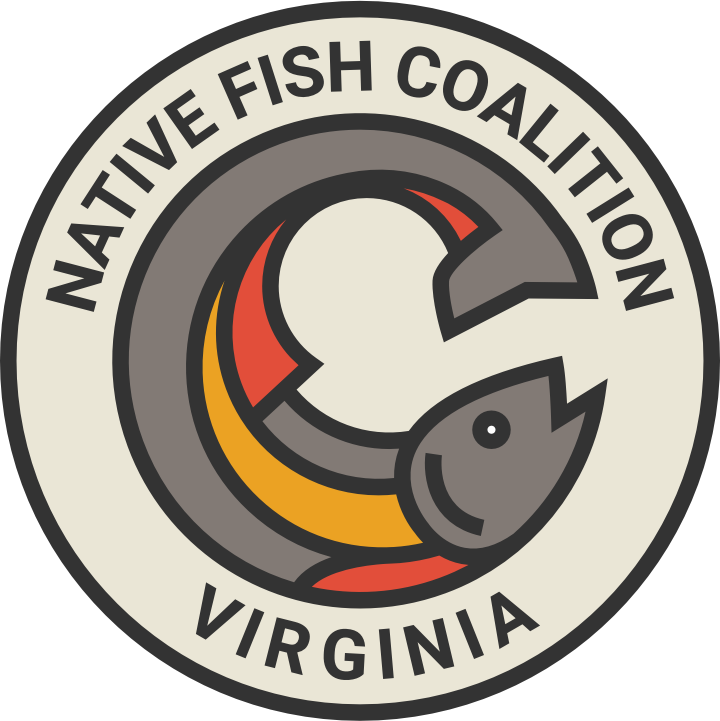branding NATIVE FISH
Native Fish Coalition was formed to change how we view aquatic ecosystem conservation. We need to get beyond clean water and healthy riparian areas, and adopt a more holistic approach that includes fish. We also need to get beyond anglers, as we are too small of a demographic to influence the level of change needed, and often conflicted by angling preferences and economic gains.
There is no conservation in the protection of naturalized nonnative species. Wild nonnative fish are not the sign of a healthy ecosystem. In fact, they are a sign of an unhealthy ecosystem, and often the reason that native fish are depressed or absent. This is especially true with regard to trout, figuratively speaking as this includes char and sometimes salmon, where “wild” is the focus, and regardless of origin.
For fish conservation to be effective there needs to be an absolute focus on native species, and not just gamefish, but all fishes. For this to happen, we need to educate the masses as to why native fish are important, and what is and is not native. When it comes to trout, we are dealing with a flawed 50-year-old advocacy model, and an equally flawed 100-year-old fisheries management model.
With such an overwhelming task ahead of us, we needed to decide where to start. You cannot simply flip a switch and undo a century of status quo, accepted norms, and resource husbandry passed off as science. Who are we to challenge the “experts,” and an advocacy model that has been in place longer than many have been alive, and why would anyone listen.
Recognizing that information and education would need to come before action, we looked at the important role that branding has played in regard to gaining support for changing something that has been in place, or a problem, for generations. Human caused forest fires, litter, pollution, angler exploitation, poor fish handling, and lead fishing tackle all came to mind. And it was slogans, characters, and other forms of branding that helped turn the tide.
Consider Smokey Bear’s message, “Only you can prevent forest fires”. Woodsy Owl’s, “Give a hoot, don’t pollute”. The Crying Indian’s, “Get Involved now. Pollution hurts all of us”. Trout Unlimited’s promotion of catch-and-release, Keep Fish Wet (formerly #KeepEmWet), and “Fish Lead Free,” a Northeast regional multiple agency/organization effort to reduce the use of dangerous lead fishing tackle. What did more to change the way we viewed these issues?
NFC does not have a catchy slogan specific to wild native fish. Our message is simply, “PROTECT.PRESERVE.RESTORE,” with wild native fish implied and consistently represented throughout our website, social media, and messaging. NFC’s use of the term “native fish,” is more about branding native fish than promoting the organization. It’s about laying the groundwork for bigger and better things. It’s a battle cry of sorts.
A relatively new organization with limited funds and influence, NFC is using what we have available to us to make “native fish” a household term. We offer decals, bumper stickers, hats, t-shirts, and other forms of schwag and fishing gear that promote the term “native fish”. We want people to see these items, and reconsider what they have been taught and told in regard to fisheries management and aquatic ecosystem conservation.
If we can establish a brand, and by default demand for “native fish,” everything else will fall in place. Conservation organizations, fishing and sporting organizations, the outdoor media and outdoor products industry, anglers, and state and federal fish and game agencies will have to decide whether to ignore the native fish message, oppose the native fish message, or embrace the native fish message.
Just a decade ago, the term “native” as it applies to fish was a mere murmur. Even groups trying to protect the nation’s last remaining native sea-run salmon and saltwater fish avoided using the term. In the trout and bass world, it was an afterthought, or simply a nice-to-have, as long as it did not require any real concessions on the part of anglers, the industry, the advocacy arm, and fisheries managers.
Today the term “native” has come front and center in discussions about fish, including trout, where brook trout and cutthroat trout are gaining in popularity with younger anglers, and nonnative brown and rainbow trout and stocking are being challenged. In the southeast, anglers are working to protect rare native bass, preferring these small stream resident fish to the larger and more popular largemouth and smallmouth bass.
What we are seeing is a long overdue and much needed paradigm shift in regard to how we view our aquatic ecosystems. Led by anglers, this will have notable environmental, economic and social impacts. It is the piece that has been missing for decades in regard to true aquatic ecosystem conservation. If we are on board, non-anglers will get on board. In the end, the resource will benefit, and by default, we anglers will as well.




